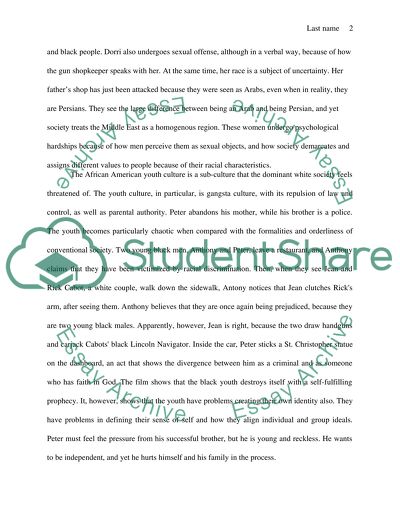Cite this document
(“Culture, Social Class, Gender, and Race in Crash Essay”, n.d.)
Retrieved from https://studentshare.org/sociology/1447403-from-moviescrashpaul
Retrieved from https://studentshare.org/sociology/1447403-from-moviescrashpaul
(Culture, Social Class, Gender, and Race in Crash Essay)
https://studentshare.org/sociology/1447403-from-moviescrashpaul.
https://studentshare.org/sociology/1447403-from-moviescrashpaul.
“Culture, Social Class, Gender, and Race in Crash Essay”, n.d. https://studentshare.org/sociology/1447403-from-moviescrashpaul.


